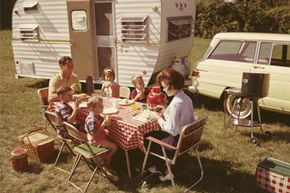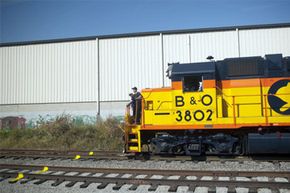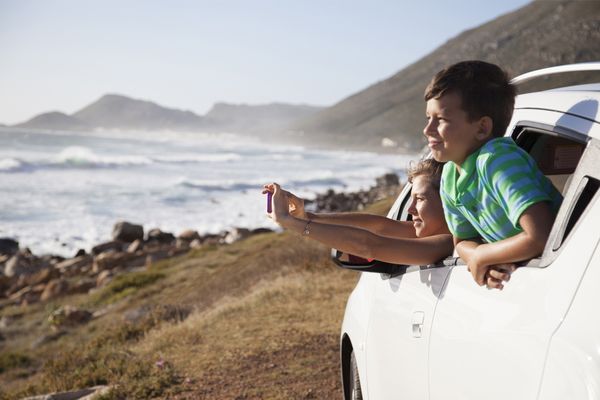You need to get out of town. There's a Thanksgiving bash at your grandmother's house or you want to see a hit show on Broadway. Maybe you're just sick of looking at the same old scenery day after day and you want to go someplace you've never been before. So you pack your suitcase, hop in your car and…
…stop to think. Do you really want to take the car again? It's been ages since you last took a trip by train. Maybe you'd enjoy that more. Maybe it would be just be cheaper. Decisions, decisions!
Advertisement
In modern America, people like to go places by car, at least if the place they're going is too nearby to consider traveling to by plane. But the railroad has been around for 200 years and it's a pretty nice way to travel, too. How do you decide whether to make your trip by car or by train?
There are advantages to both modes of transportation. The car gives you control, allows you to select your own times and route, and gives you a familiar environment to spend time in while on the way to your destination. But the train has lots of advantages too. On a train, you can relax and read, catch up on work, even watch a movie on your laptop or tablet computer. You don't have to worry about maps, getting lost, finding rest stops or getting into a fender bender with another car. (Trains have accidents, but they're quite rare.)
Of course, the train may not go where you want to go. All large cities in the United States are served by Amtrak, but some small towns are many miles away from the nearest railway station And there may not be a direct train route to your destination, requiring you to take a circuitous journey via some other city, while there are roads that go between almost any two towns in North America. And in a car you can take side trips and stop at scenic overlooks or tourist attractions.
Trains can go faster than cars. The Acela express between Washington, DC, and New York, NY, takes less than three hours to cover a route that takes four hours or more to drive. But for the most part, the two modes of transportation go at about the same speed (though with a train you can sleep overnight in your seat while in a car you'll need to spend the night at a motel, which will slow you down).
Most likely, though, the major variable that will decide whether you take car or train is cost. Is it cheaper to go by car or train? On the next page, we'll discuss how to decide which mode of transportation is more cost effective.
Advertisement



